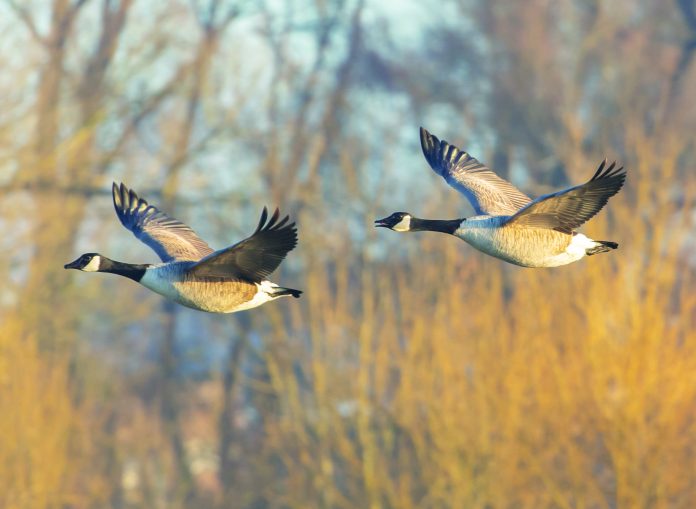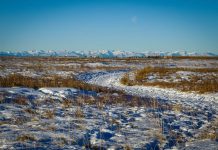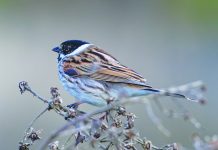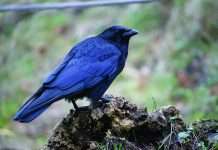Nose Hill Park is one of the largest urban parks in North America and is distinguished by its unique geological, ecological, and anthropological history (https://inaturalist.ca/projects/nose-hill-park-bioinventory). With an abundance of remarkable flora and fauna, this project aims to record observations made by Park users. This information and a quick update were posted on our Facebook page about how the Nose Hill Park iNaturalist project is going. There have been many awesome observations this year. Since January over 2,600 observations have been added. We have nearly 10,000 iNaturalist posts made for the Park. Let’s keep the momentum going! Hopefully, we will be close to 11,000 by 2025 and encourage everyone to share their photos of flora and fauna on the Hill. We recently surpassed 200,000 posts made within the City of Calgary municipal boundaries. Of course, you can post (on iNaturalist generally) your biodiversity photos from anywhere in the world, including your own yard and other favourite parks. All this data will help to guide the Nature Calgary updated “Green Book” which is currently in the data collection phase.
World Migratory Bird Day is on the second Saturday in October and again in May. The goal is to raise awareness of issues affecting migratory birds and to inspire action around the world to take measures for their conservation. Migrating birds may fly from 24 kms to 960 kms or more per day. Hawks, swifts, swallows, and waterfowl migrate primarily during the day, while many songbirds migrate at night. Calgary has over 200 bird species and is one of Canada’s first Bird Friendly Cities certified by Nature Canada. Bylaws preventing off leash dogs and encouraging people to stay on designated paths can lessen disturbance and decrease the risks to sensitive grasslands species.










